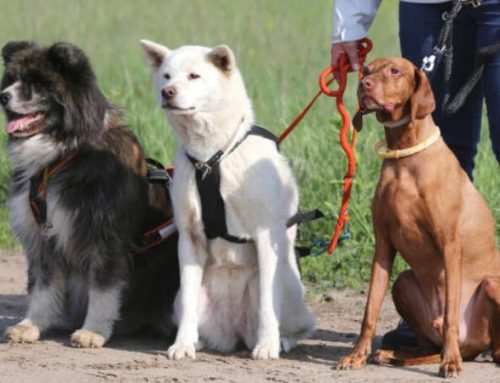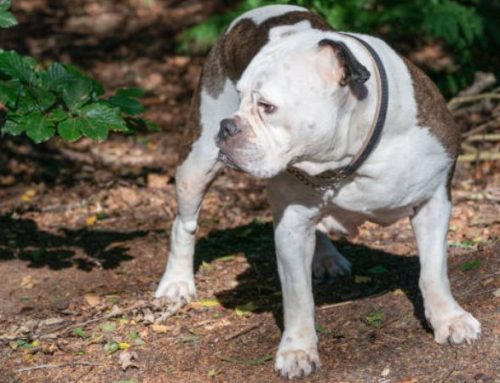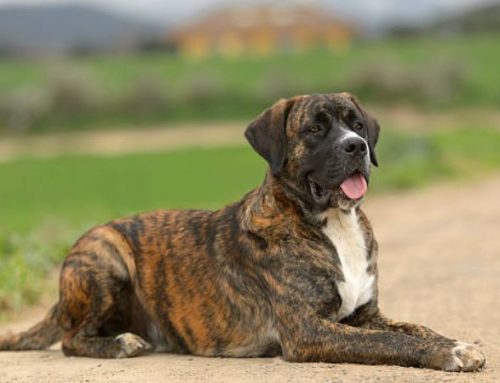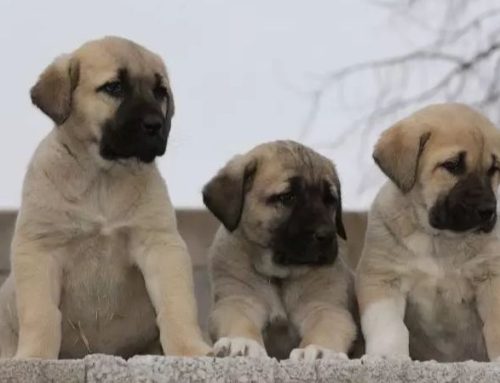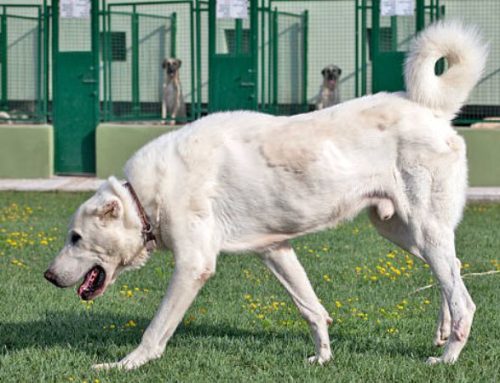Discover the captivating Xoloitzcuintli, or Xolo for short a rare and ancient dog breed native to Mexico. This remarkable breed comes in two varieties: one hairless and the other with a soft coat, differing primarily in their teeth and fur. Join Nexus-pets as we delve into the origins, distinctive features, and pricing of the unique Mexican Hairless Dog.
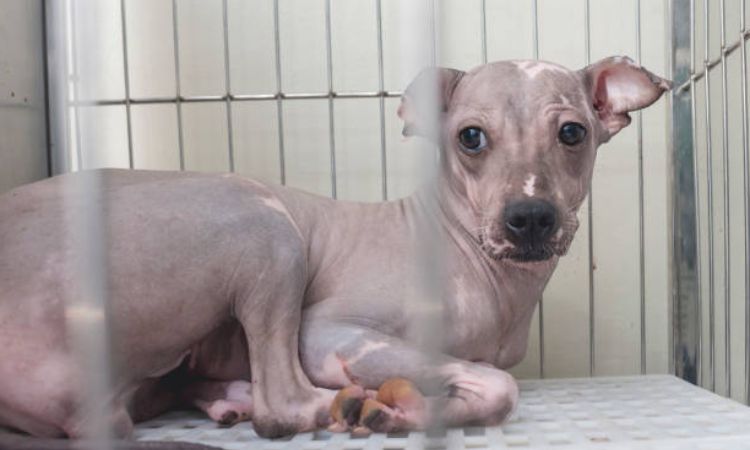
Origin and History
The Xoloitzcuintli, often called the Xolo, is an ancient dog breed that traces its origins back more than 3,000 years to the civilizations of Mesoamerica, particularly the Aztecs of present-day Mexico. This breed is deeply woven into the region’s cultural and spiritual fabric, revered by the Aztecs as a sacred animal with a crucial role in their religious beliefs.
In Aztec mythology, the Xoloitzcuintli was considered a divine companion and guide. It was believed that this dog could escort the souls of the deceased safely through the underworld, known as Mictlan, to their final resting place. Because of this sacred status, Xolos were often sacrificed during funerary rituals to accompany the departed on their journey. Archaeological evidence from the Mexican states of Colima, Michoacán, and Jalisco supports this spiritual significance, with ancient tombs containing ceramic figurines of Xolos symbolizing their protective presence.
The name “Xoloitzcuintli” originates from the Nahuatl language, combining “Xolotl,” the god associated with fire, lightning, and death, and “itzcuintli,” meaning “dog.” This name reflects the breed’s mythical connection to Aztec deities and its revered position within their culture.
In more recent history, the breed has gained recognition from major kennel clubs around the world. The American Kennel Club (AKC) officially recognized the Xoloitzcuintli in 2011, after previously deregistering it in the 1950s due to declining numbers and limited documentation. The breed’s reinstatement reflects growing global interest in preserving this rare and culturally rich dog.
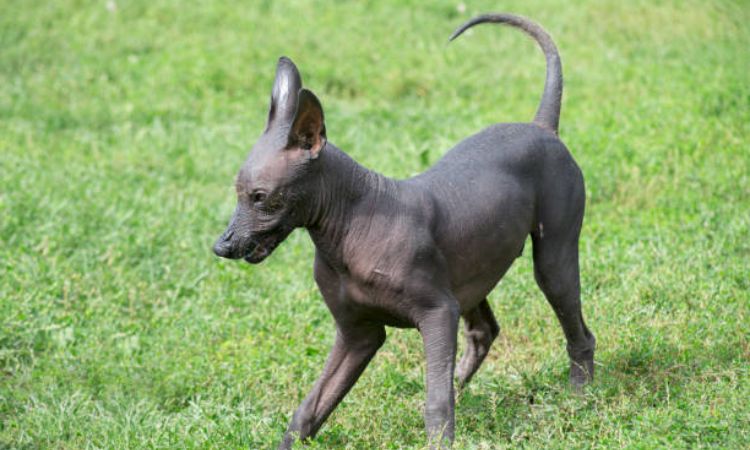
Physical Characteristics
The Xoloitzcuintli, commonly known as the Mexican Hairless Dog, comes in three distinct size varieties: Toy, Miniature, and Standard. These sizes cater to a range of preferences and living environments.
Size Varieties and Dimensions
- Toy: Typically stands between 10 to 14 inches (25–35 cm) tall and weighs around 10 to 15 pounds (4.5–7 kg).
- Miniature: Measures approximately 14 to 18 inches (36–45 cm) in height and weighs between 15 to 30 pounds (7–14 kg).
- Standard: The largest variety, standing 18 to 23 inches (46–60 cm) tall and weighing from 30 to 55 pounds (14–25 kg).
Coat Types
The breed presents two main varieties:
- Hairless Variety: Characterized by smooth, tough, and close-fitting skin that feels warm to the touch. The skin is soft yet resilient, requiring special care to protect against dryness and sun exposure.
- Coated Variety: Covered in a short, flat coat that lies close to the body. Although the coat is dense enough to cover the skin, it may be thinner on the abdomen and inner thighs.
Coat Colors
Both varieties share a similar color palette. Common coat and skin colors include solid shades of black, charcoal gray, slate, liver (dark reddish-brown), bronze, red, fawn, brindle, and sable. Some individuals may also display pink or coffee-colored spots, especially on the hairless skin.
Distinct Physical Features
- Head: The Xoloitzcuintli features a well-proportioned head with large, upright ears set high on the skull. Their expressive almond-shaped eyes are usually dark and convey intelligence and alertness. The nose color typically matches the coat or skin color.
- Tail: Their tail is long, thin, and tapering, carried gracefully either in a gentle curve or straight, complementing the breed’s elegant silhouette.
- Unique Traits: In the hairless variety, wrinkles often appear on the forehead and around the muzzle, adding character to their expression. Additionally, dental anomalies such as missing teeth or irregular dentition are common in hairless Xolos, a genetic trait of the variety.
These combined physical traits give the Xoloitzcuintli its distinctive and noble appearance, reflecting both its ancient heritage and its modern-day charm.
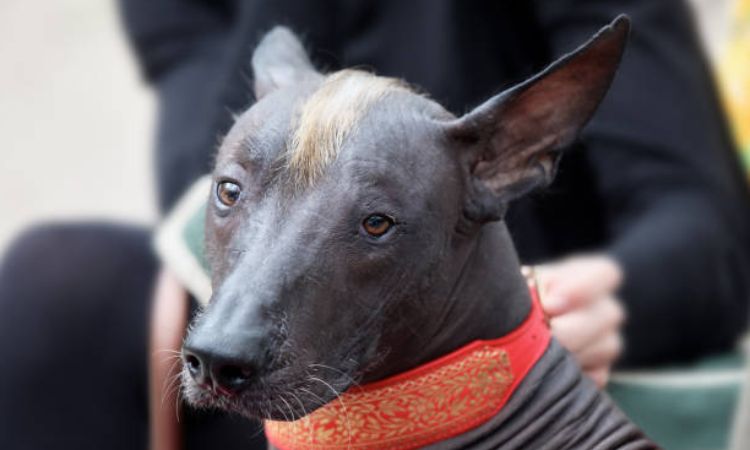
Price and Cost Factors
The cost of acquiring a Xoloitzcuintli can vary widely, typically ranging from approximately $1,500 to $4,000. This variation depends on several important factors that potential owners should consider before making a purchase.
- Size and Coat Type: The breed exists in Toy, Miniature, and Standard sizes, and each size can influence the price. Generally, the hairless variety tends to be more expensive than the coated one due to its rarity and higher demand. Larger sizes and hairless dogs often command higher prices.
- Bloodline and Pedigree Quality: Puppies from well-established bloodlines with documented pedigrees and health clearances are priced higher. Breeders who invest in health testing, breed standards, and show-quality dogs typically charge a premium for their puppies.
- Color Rarity: Certain coat colors or skin tones are considered rare and may increase the price. For instance, red or liver-colored Xolos often command a higher price compared to more common black or gray tones due to their scarcity.
- Age: Puppies are generally more expensive than adult dogs or seniors. While puppies may cost the most upfront, adopting an adult dog can sometimes be a more affordable option and still offer a wonderful companionship experience.
- Breeder Reputation and Location: Reputable breeders with strong experience, positive reviews, and proper certifications usually charge more for their puppies. Additionally, geographic location plays a role—prices may be higher in urban or affluent areas due to increased demand and costs associated with breeding.
- Demand and Availability: The Xoloitzcuintli is a rare breed, and limited availability can push prices up. When demand exceeds supply, costs tend to rise, especially for specific sizes or coat types.
For those looking for a more affordable or ethical alternative, adoption through breed-specific rescues or animal shelters can be considered. While these dogs might be older or require extra care, adoption fees are often significantly lower than purchase prices from breeders.
From the ancient Aztec empire to modern-day homes, the Xolo dog’s journey is nothing short of fascinating. Its distinctive hairless look and gentle temperament make it more than just a pet; it’s a living piece of history. While the price may be a consideration, the true value of a Xolo lies in the unconditional love and unwavering companionship it offers. They’re not just dogs they’re family.


